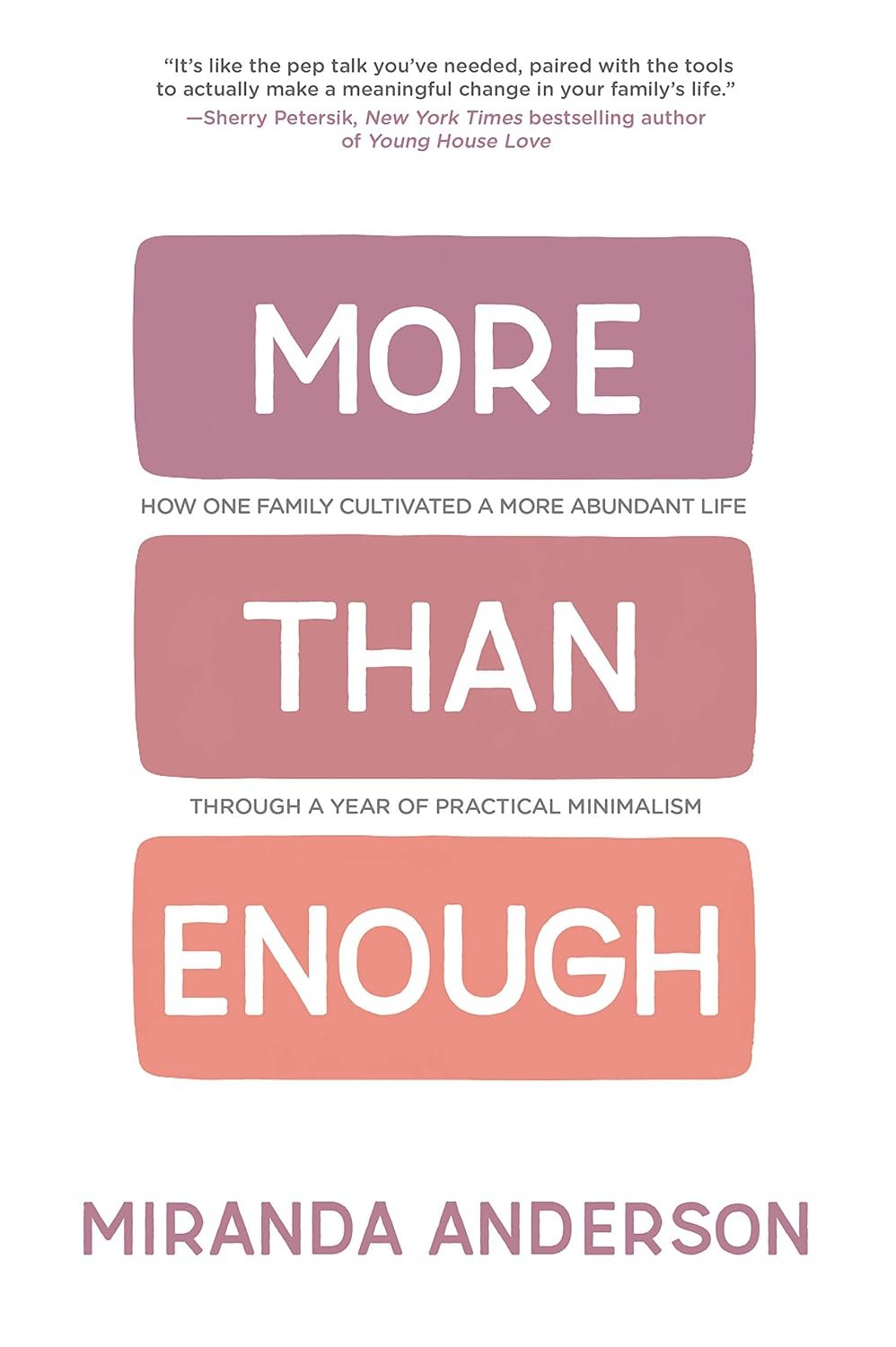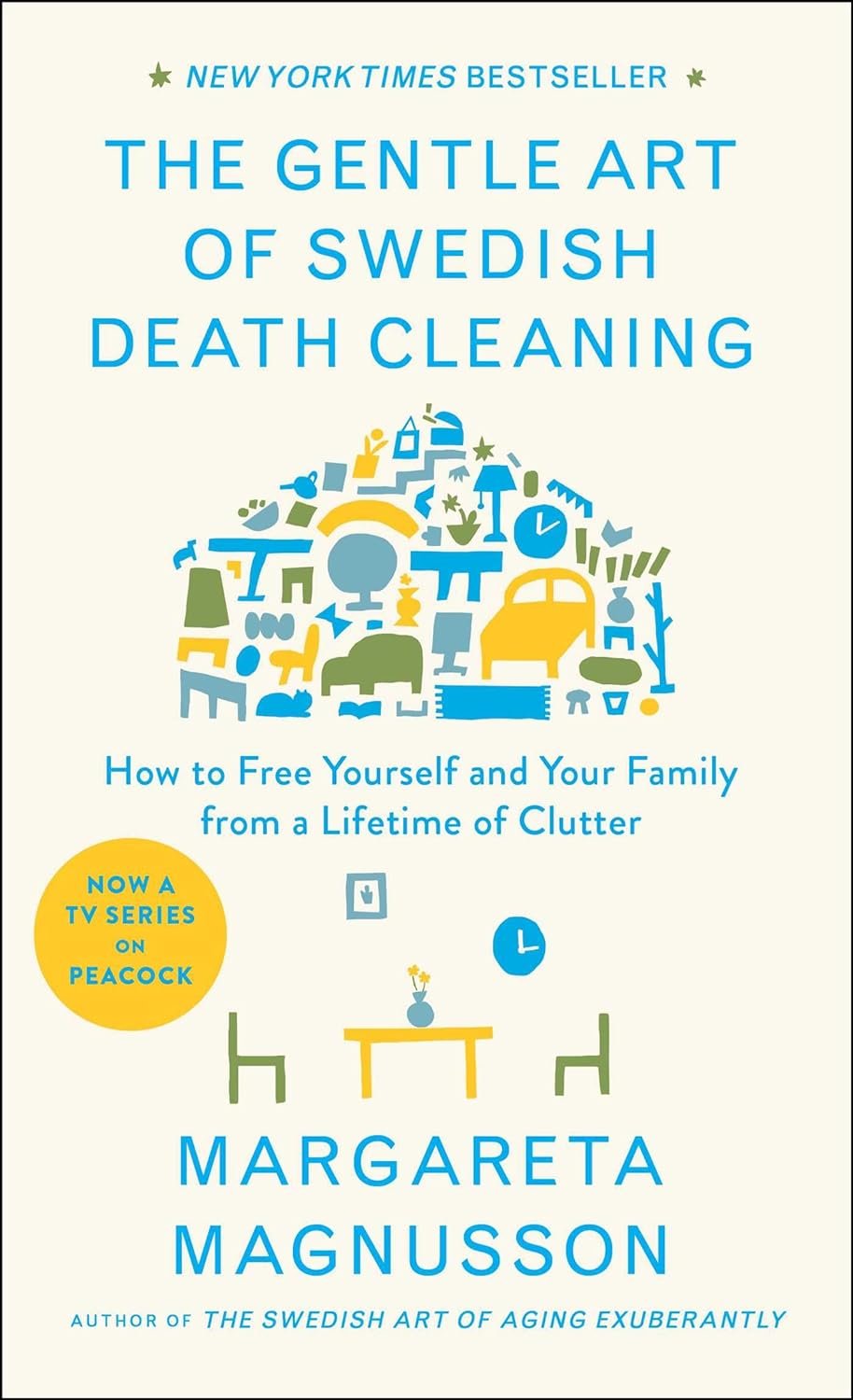As many of us strive for more streamlined and intentional living in 2024, I thought it might be helpful to share some inspirational reads that have personally resonated with me and align with the principles of The House Finch.
More than Enough by Miranda Anderson
Miranda, a local author, not only provides insightful tips but also champions the idea of embracing fewer physical possessions to make room for more quality time and enriching experiences. Her perspective on decluttering and simplifying aligns well with our mission to create harmonious and functional living spaces.
The Life-Changing Magic of Tidying Up by Marie Kondo
A classic in the realm of organization, Marie Kondo's book offers practical advice in an easy-to-read format. Her philosophy of keeping only items that "spark joy" is a timeless principle that resonates with many seeking a clutter-free and joyful living environment.
The Gentle Art of Swedish Death Cleaning by Margaret Magnusson
Despite its seemingly morbid title, Margaret Magnusson's book is a thoughtful guide, particularly beneficial for those over 50. It emphasizes the importance of decluttering while we are healthy and alive, sparing our loved ones the burden of dealing with our belongings later on. It's a compelling reminder of the value of intentional living.
Atomic Habits by James Clear
While not directly related to organization, Clear's "Atomic Habits" is an excellent resource for cultivating positive habits. It offers valuable insights into understanding and transforming your habits, which can be instrumental in maintaining an organized and clutter-free home.
I hope you find these recommendations valuable and that they provide the encouragement, tips and motivation you're seeking on your organizational journey. Should you want to borrow any of these titles, I am happy to loan my copies out to you for a month! Just shoot me an email to request one. If you have any questions or if there's anything specific you'd like help with, please feel free to reach out. We're here to support you in creating a home that reflects your vision of order and tranquility.
Wishing you a wonderfully organized and fulfilling year ahead!
Happy New Year!
Meghan













